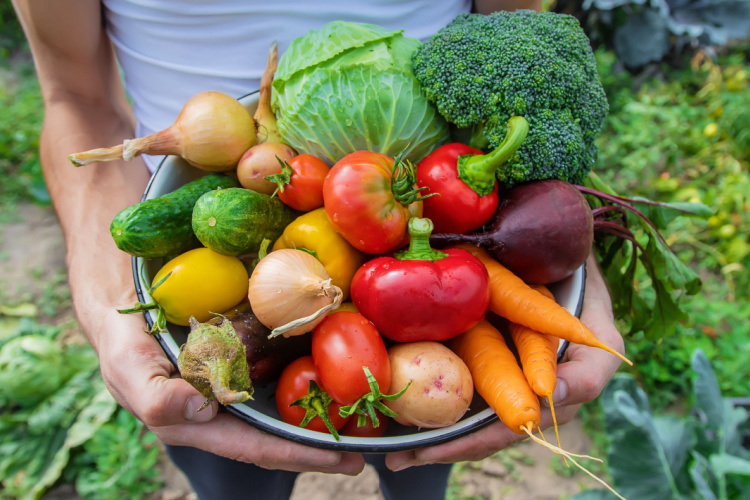Spring Into Action With These Fresh Foods This Season
As the biting winter weather thaws and the sun begins to linger longer in the sky, many look forward to the warmth and greenery of spring and summer. With the warming weather comes new life, growth, and tantalizing bouquets of fresh fruits and vegetables. Eating in-season fresh foods offers many benefits ranging from physical to environmental health. Learn why making an effort to consume in-season foods is especially healthy and how to find the freshest foods near you.
In-Season and Out-of-Season Fresh Foods
More than at any time in history, fresh food is increasingly accessible to most people around the globe regardless of season or the food’s country of origin. Even if the ground is buried beneath snow where you live, it is common to expect that your local grocery store will still have fresh foods and summer produce like watermelon and strawberries on the shelves. While this unprecedented access to out-of-season food is definitely convenient and has its benefits, there are downsides as well.

Taste and Nutrition
Out-of-season produce is picked far before its natural ripening time and is expected to ripen while it sits on the grocery store shelves under artificial light. Because of its immature picking, out-of-season vegetables are not as flavorful and out-of-season fruits are not as sweet because the sugars cannot ripen under the sun.
After being picked, fresh foods slowly—and in some cases quite quickly—begin losing nutritional density as they age. For example, after picking at the peak of freshness, fresh peas are reported to lose approximately 50% of their vitamin C within seven days, while spinach has the potential to lose 100% of the same vitamin after four days of being picked. Additionally, out-of-season produce is often coated in waxes and preservatives to help lengthen the shelf-life of fresh foods.
Environmental Impact
Eating fresh foods that are in season not only tastes better, it also has nutritional and environmental benefits. The most environmentally beneficial form of buying in-season produce is from local growers whose fresh foods are ripened in the sun and stored using limited refrigeration. The keywords in this are “in-season.” Buying locally grown foods that are out of season is more detrimental than buying from foreign sources because of the energy needed to grow and store them. If a local farmer grows an out-of-season food that requires heating a greenhouse or long-term storage in refrigeration units, their carbon footprint is actually higher than if the same food was grown in-season and flown thousands of miles to the consumer. So, if you are really serious about helping the environment—and your local farmers—buy your in-season fresh foods from local growers who deliver their produce farm-to-table quickly.
What’s in Season?
Now, you may be asking, what fresh foods are in-season where I live? That is a great question! Luckily, there are some fantastic resources created to help you learn more about eating seasonally.
- Seasonal Food Guide: This interactive website allows you to input your city and month to see the fresh foods that are in season for you now. You can also choose a food and be shown recipes and cooking suggestions.
- US Department of Agriculture: The USDA offers a seasonal foods guide that will show you what foods are in-season in your region. Their page also offers a few recipes and educational resources about each fresh food.
- American Heart Association: The AHA offers a to-the-point seasonal foods infographic chart that is easy to screenshot or print to keep on hand or on your fridge.
In-Season Foods for Spring

As everyone looks forward to the warmer days of spring, don’t forget to also look forward to these in-season fresh foods! Head to your local farmers market and get the freshest foods available. And don’t forget to look into the best recipes for spring before you go!
- Artichokes
- Asparagus
- Carrots
- Chives
- Fava Beans
- Green Onions
- Leeks
- Lettuce
- Parsnips
- Peas
- Radishes
- Rhubarb
- Swiss Chard
Final Thoughts
Eating fresh foods in season is one of the best ways to jumpstart your health this spring. There is no better time to awaken and strengthen your mind and body than with the changing of winter into spring as the natural world awakens and grows right alongside you. Let the growth and renewals of the season inspire you to experiment with an in-season food that you have never tried before. Challenge yourself to find fresh, locally grown, in-season food. Not only will you be treating yourself to the tastiest and most nutritious version of that fresh food, but you will also be giving Mother Nature a little love while you’re at it.








